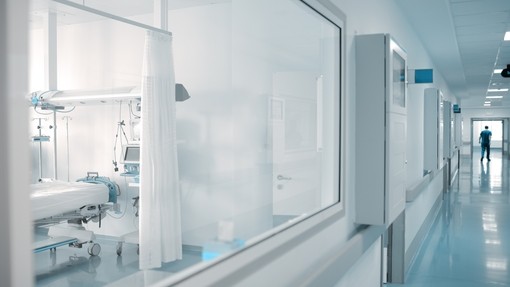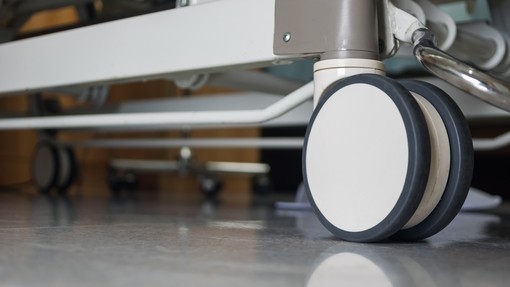Community Diagnostics Centres – an ongoing priority for the NHS – but one size does not fit all

Community Diagnostics Centres – an ongoing priority for the NHS – but one size does not fit all
Securing faster testing and diagnosis closer to home through attendance at a Community Diagnostic Centre (CDC) remains a priority for the NHS, a recent government announcement confirmed. The September release of Our Plan for Patients confirmed that the delivery of 160 further CDCs would be prioritised to support the NHS in delivering up to 17 million more tests by March 2025. A more recent release, on 11 October 2022 announced approval of ten new centres across the country. While current political upheaval adds a little uncertainty, the direction of travel seems to be to moving forward in this area.
CDCs (or ‘hubs’ as they were originally known) are intended to provide a broad range of elective diagnostic services away from acute facilities and provide an opportunity to redesign clinical pathways that require diagnostic services. The idea of the networks, signalled in the NHS Long Term Plan, is to maximise existing NHS provider diagnostic capacity, improve access to imaging specialists, and take advantage of economies of scale.
Our experience to date – one size does not fit all
Since guidance was released, we have worked on a number of CDC projects. These have included one in which the CDC operates from within a Trust site, a project partnering with the private sector to deliver a centre including revolutionary digital imaging software and other machinery integrated into a purpose-built sports, healthcare and community arena, and one in which space was leased within a local authority owned shopping centre.
Our experience has provided insight into a number of the areas dealt with within the guidance in terms of how the set up and operation of CDCs is structured. One size definitely does not fit all, and bespoke advice is required. The best approach is dependent on local factors including location of available sites, local needs, and the type of diagnostic service being offered. There are a variety of commercial structures to be considered. Where only NHS partners are involved, a collaboration, potentially through a new or existing provider collaborative structure may be the best approach. Alliance contracting between NHS bodies is an option, as is a NHS hosted unit organisation. Where independent sector partners are to be involved, commercial joint venture models need to be considered, or straight outsourced services. Procurement requirements, including the availability of frameworks, need to be taken into account.
In some instances, a local authority may be involved in providing funding for the CDC. This brings additional considerations including complying with conditions in relation to the use of the building and funds (which must be deployed to secure more effective use of public funds than an equivalent amount being spent on provision of local authority services), provision of annual returns, and repayment if a site is disposed of. Other parties, such as the relevant Integrated Care Board may provide funding and may wish to secure control over any building it funds by either taking an interest in it via a leasehold structure, or entering into a funding agreement with a NHS Trust to dictate terms and securing a place on a management board for the CDC.
Another area to consider is asset ownership in terms of imaging, or other diagnostic equipment sited at the CDC. Options include individual trusts owning the assets, either in their own right, or as a joint arrangement across an imaging network; consolidating ownership under a single owner organisation, within a subsidiary company owned by member trusts, or with a third party (potentially independent sector); or outsourcing the service, including asset ownership, to a commercial partner. Whichever option is chosen, clarity is required in terms of how the assets will be maintained and how investments are made in the assets going forward to ensure the service is sustainable long term.
Ensuring success
The ambition to establish more CDCs is positive and should play a clear role in ensuring quicker more convenient diagnosis for patients, together with efficient use of NHS resources. However, the set-up of a CDC is not a straightforward task and requires bespoke consideration and advice taking into account the interests of all parties concerned, and the local context in which they are to be established and operated.






